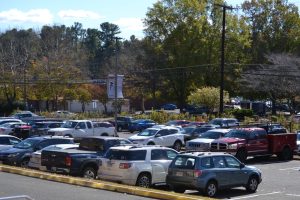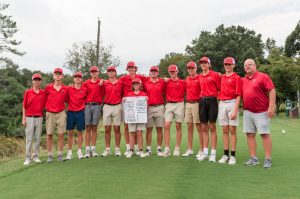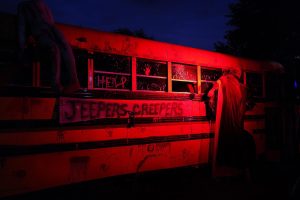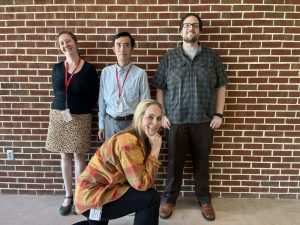New Tech in the Science Department
October 9, 2019
PCR machines, rapidly replicate DNA using the Polymerase Chain Reaction (PCR). This amplified DNA can be used for genotyping, cloning and sequencing. This technology is used in forensics and companies such as Ancestry and 23andMe.
DNA sequencers are exactly what they sound like, they sequence our DNA. Many students remember writing out the G’s, C’s, A’s and T’s when learning about DNA. This is exactly what this machine does except it’s automated and much more efficient. Unfortunately, the DNA sequencer is missing a part so cannot be used until the part is replaced.
The school acquired this technology thanks to Croft. “I used to work [at the National Institute of Health] and heard they have a surplus. One of our connections gave us a form for the surplus warehouse, so I submitted that and we got approved as a school,” said Croft. “I got to this huge warehouse, and I showed my form, and I got to walk around and pick out whatever I wanted.”
This technology is considered “old” to big science institutes such as the NIH. “It’s really high end cutting edge stuff [but] to them it’s old,” said Croft. Much of this “old” technology in these surplus warehouses is only three or four years old.
With the arrival of this new technology, students are excited to use it. Senior, Zita Ribeiro plans on using the PCR machine to do research for her independent study. She is focusing on Alzheimer’s disease and the P. Gingivalis bacteria.
“I will be culturing [the bacteria] on blood agar plates. I will actually get to actually see the DNA sequence for the bacteria and go through the process and really learn what it’s like to be in the science field,” Rebeiro said.
Croft plans on doing a forensics lab in her classes and marine biology teacher George Murphey is plans on using the equipment on saltwater fish.






